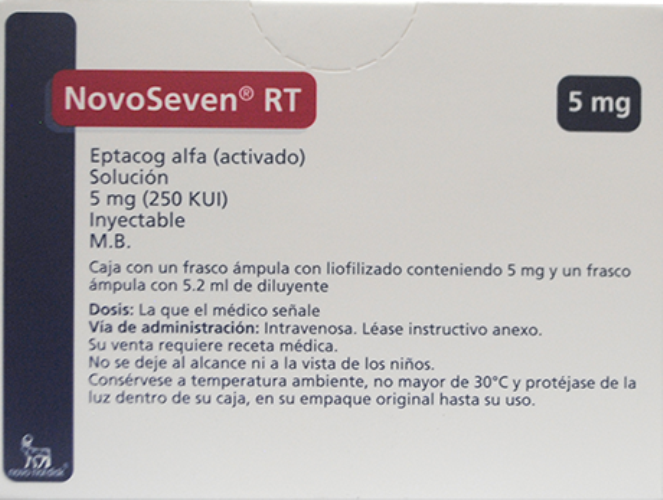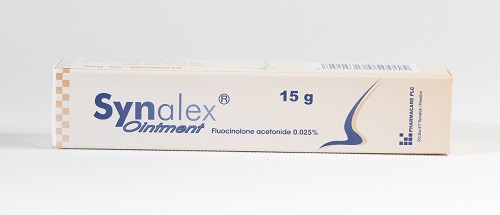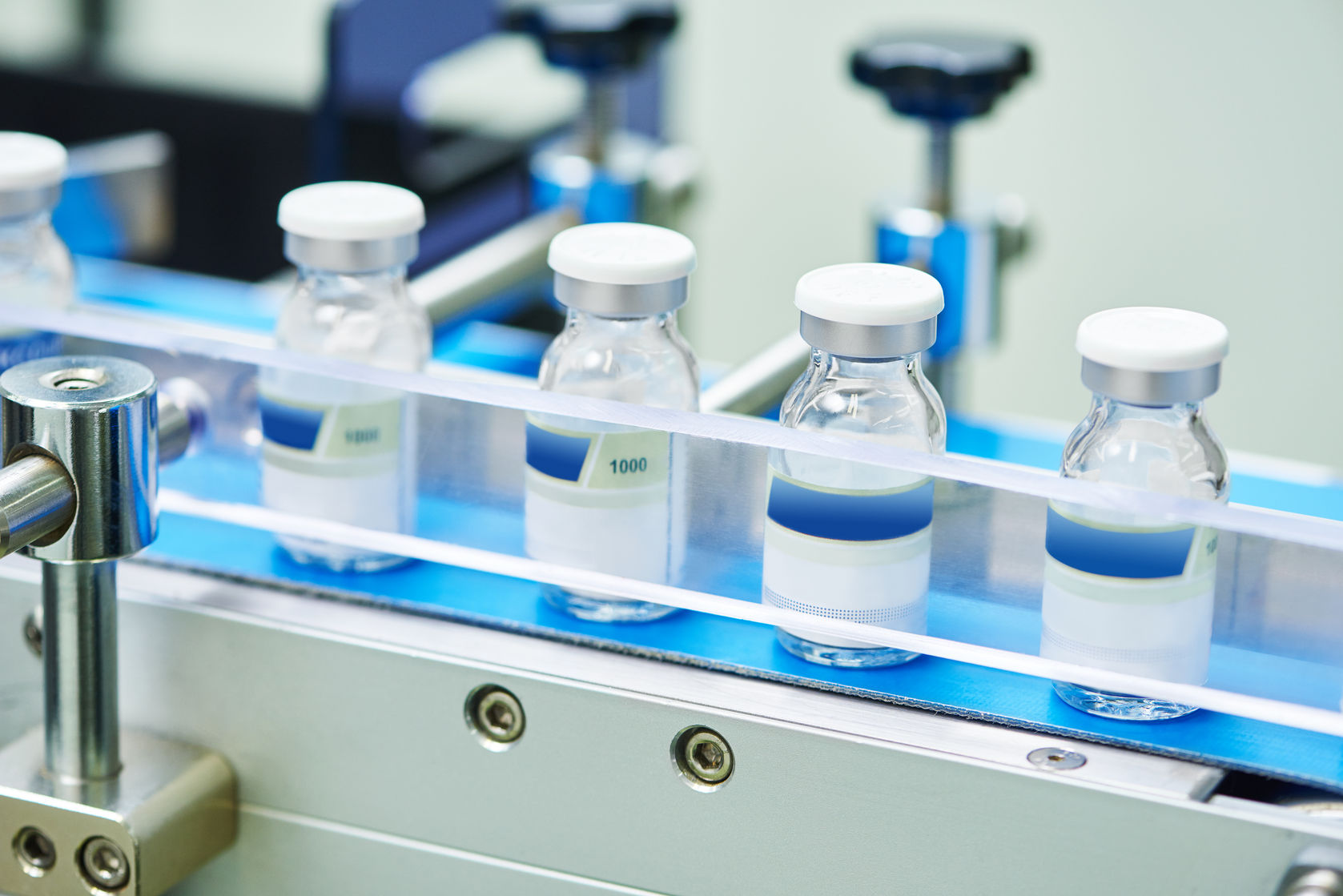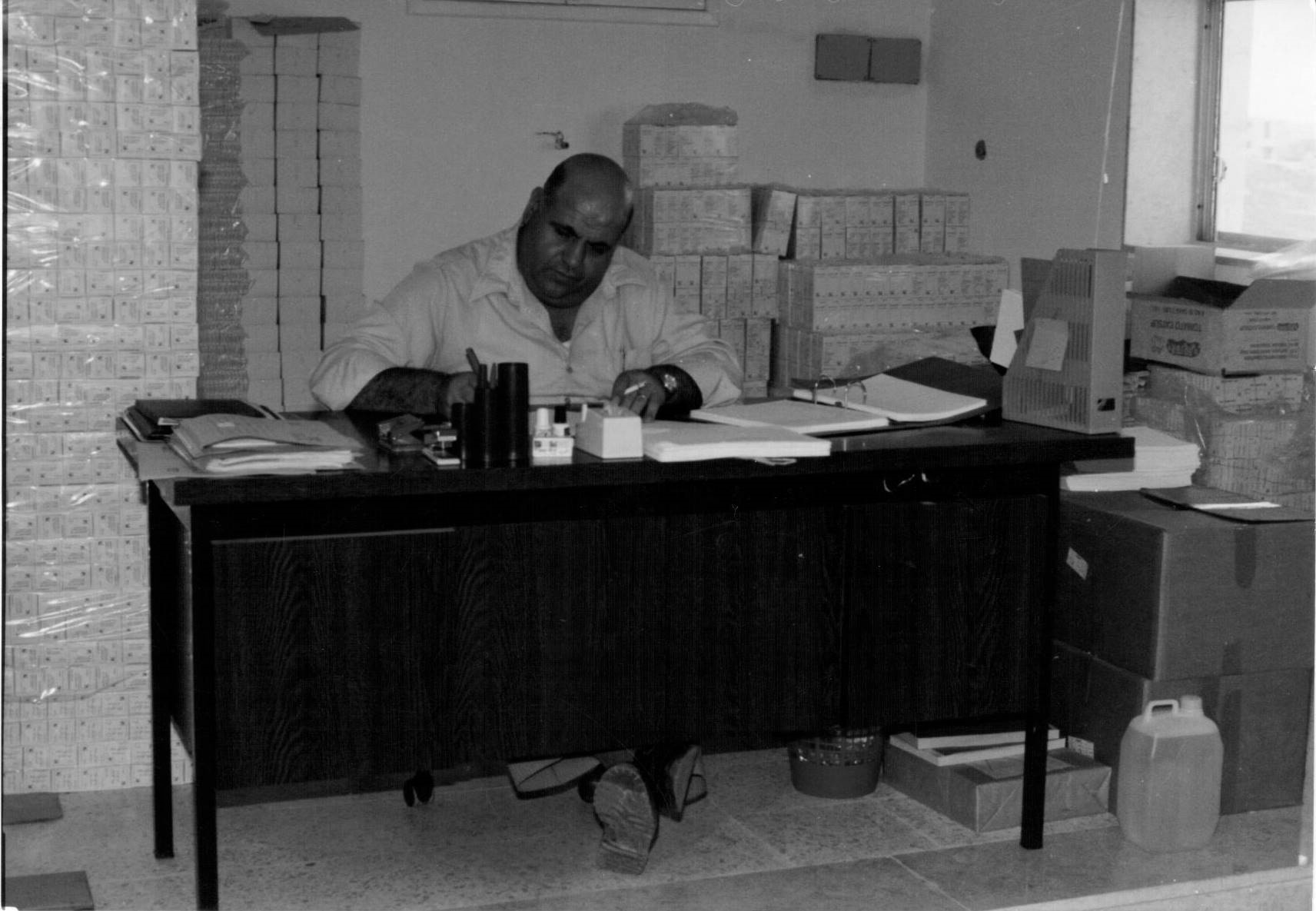Palestinians’ Demographics:
In the State of Palestine:
In accordance with demographic statistics pertaining to 2017, the Palestinian population per capita within the State of Palestine is as follows:
- West Bank – 2.86 m
- Jerusalem – 8.9%
- Remainder of the West Bank 50.9%
- Gaza Strip – 1.92 m
- Gaza Total – 40.2%
Total – 4,663,893 capita
Palestinians living behind the Green Line:
The number of Palestinians living within the Green Line marked around 1.53 million mid-2016, of whom the percentage of individuals under 15 years of age was about 34.3% for males and 33.5% for females, while the percentage of individuals 65 years of age was 4.0% for males and 4.8% for females at the end of 2015.
Globally:
The estimated number of Palestinians all over the world mid- 2016 was 12.6 m distributed as follows: 4.8 million in the Palestinian Territory (38% of the total Palestinians over the world); 1.5 million (12%) with in the Green Line; 5.6 million (44%) in Arab countries and the number of Palestinians living in foreign countries was estimated to be 700 thousand (6%) of the total Palestinians in the world.
The Health Sector in Palestine:
The increase in the bed occupancy rate and in the hospitalization days indicated in Fig 6, compared to the universally acknowledged consensus, call for an alarming need for increasing the number of beds in hospitals.
Data shows that the rates of physicians, dentists and beds per 1000 persons is still low compared to international rates. Various governmental and non-governmental parties have been recruiting qualified staff in relation to medical services. The number of such staff ranged around 30,420, out of which 63.6% worked in the West Bank and 36.4% worked at the Gaza Strip. This is whereas 47.1% of all staff were part of the governmental Ministry of Health.
Infectious Diseases within the State of Palestine:
All recognized infectious diseases have mostly been held under control in Palestine throughout the past years. No Leprosy, Barbados, Polio, Cholera or Rabies cases have been recorded since the late eighties. This is despite the fact that a number of neighbouring countries have still been dealing with such diseases up to date. Nevertheless, Palestine still has numerous challenges to handle when it comes to infectious diseases, the latter which may be represented within the area by means of diseases like Meningitis, Hepatitis, Brucellosis, Tuberculosis and AIDs.
Non-Infectious Diseases:
Though the majority of research and governmental attentiveness may rather be poured towards infectious diseases, the last few decades have witnessed a drastic impact over mortality as a result of non-infectious diseases, which might majorly be consequential as a result of the lack of awareness and an imbalance in life style normally witnessed in developing countries. Such factors might majorly comprise improper diet and insufficient exercising among others. Like phenomena have been significantly associated with the high rates of diabetes, cancer and cardio occurrences that have been witnessed on the domestic scale throughout the past years. Recorded cancer occurrences have shown a steep increment corresponding to 21.5% between 2012 – 2013, out of which breast cancer dominated among females, whereas lung cancer dominated among males.
Investing in the Health Sector:
The Palestinian Central Bureau of Statistics, PCBS, reports deduced in collaboration with the Ministry of Health indicate that the expenses invested through the different corporate sectors over the health sector in Palestine have been ascending stably throughout the past years. Figures have waxed from $893.8 m in 2008 to $959 m in 2009 to $1.07 b in 2010, corresponding to 15.6%, 15% and 13.7%, respectively, as a percentage off the Gross Domestic Product (GDP). Such figures indicate a positive transition compared to 1993, namely before the official takeover of the Palestinian Authority, whereby the corresponding investment was $200 m, 9% off the GDP.
Pharmacare in Action:
Realising the local and global distributions of infectious and non-infectious diseases plays a cardinal role in terms of developing a strategy for the manufacturing of pharmaceuticals. As a key representative of the national private sector in Palestine, Pharmacare has, indeed, assumed such a strategy and has incessantly sought providing medications assuming the concept of preventive measures. Pharmacare, initially, worked on providing the essential pharmaceuticals recommended by the Ministry of Health, after which it expanded towards infectious-diseases-affiliated medications in accordance with the local and international markets’ demands.











